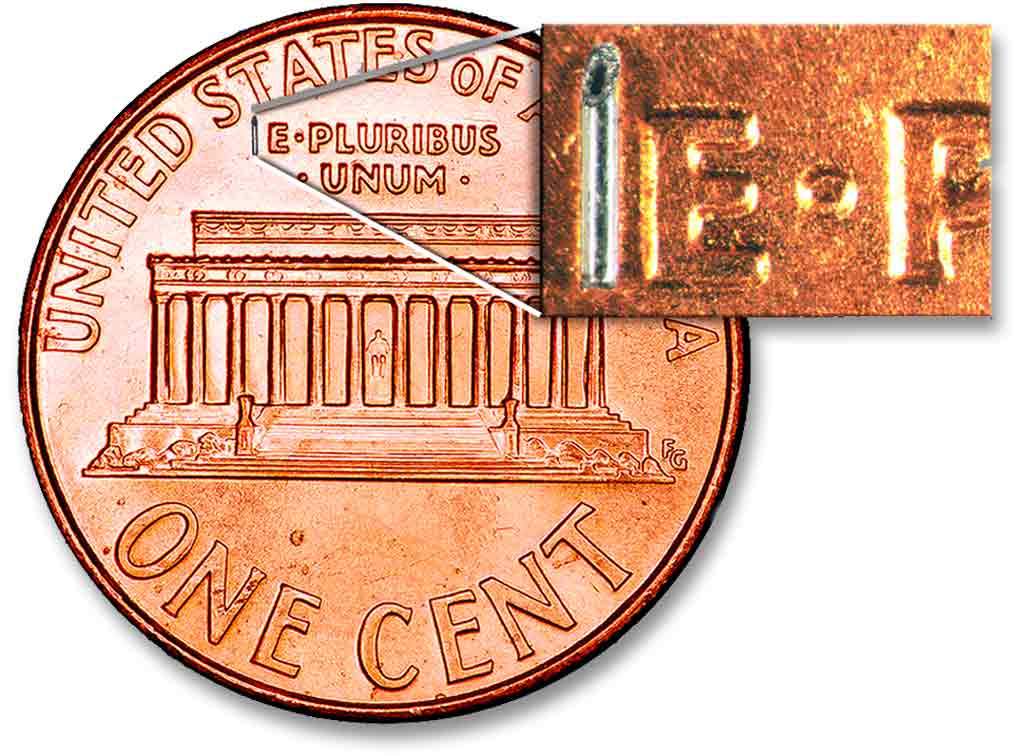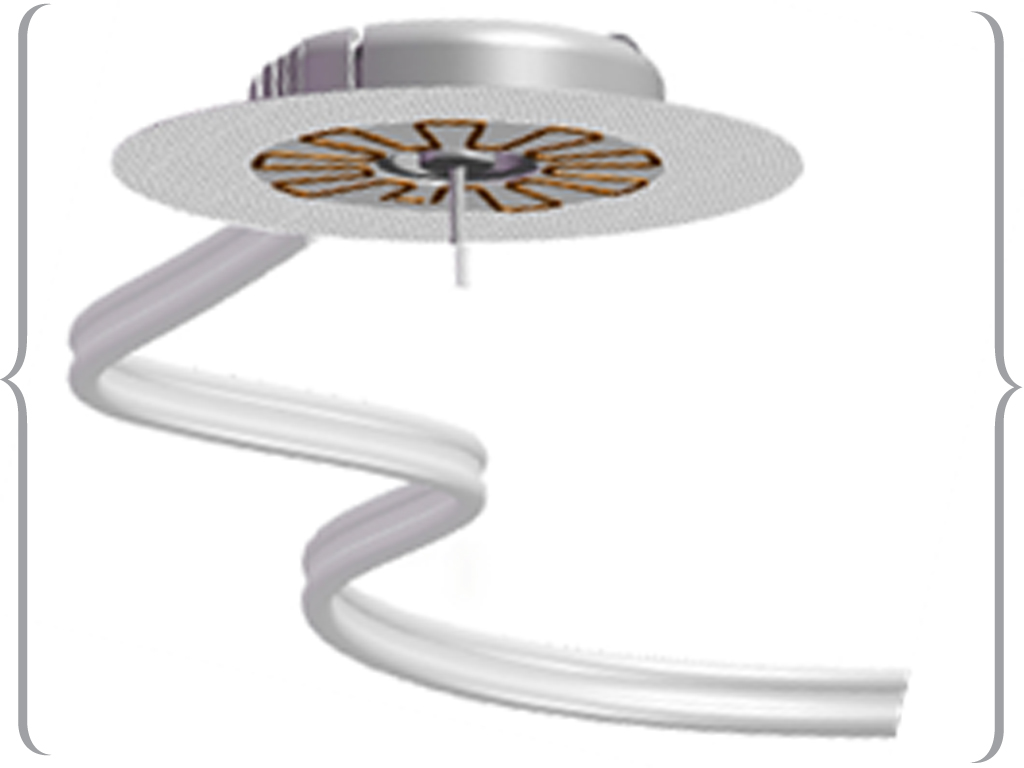California Drug-Pricing Control Referendum Defeated

On November 8, California voters defeated a referendum that would have capped prescription drug prices purchased by the state at the prices paid by the U.S. Department of Veterans’ Affairs. Proposition 61, or the California Drug Price Relief Act, elicited opposition from the pharmaceutical industry, and a warning from physicians and pharmacy managers that passage could trigger hikes in prices to absorb losses in revenue. However, the California Nurses’ Association PAC, reported by the New York Times to have been a heavy financial contributor to the “Yes on 61” campaign, issued a press statement citing insulin price increases among justifications for passage of the ballot initiative. The proposition was defeated by a 54-46 margin.
The VA currently enjoys an estimated 16 percent to 42 percent discount for drugs dispensed through four programs of the Veteran’s Health Administration, which serves roughly 8.75 million patients at about 1,700 clinics and hospitals. Since 1992, periodic increases in agreed-to prices have been indexed to inflation. According to a May 2016 Commonwealth Fund publication, the Department of Defense and the VA pay “roughly half” for prescriptions compared to prices negotiated with all other purchasers.
Last year, California spent $3.8 billion on prescription drugs; this year’s spending is expected to surpass $4 billion. A financial analysis prepared by the state legislature found it impossible to give an accurate estimate of the impact the measure would have had on the state’s finances. Fiscal analyst Amber Didier concluded that “there are potentially different ways that pharmaceutical companies could react to this that would then influence the fiscal impact.”
Supporters of the measure, lead by the AIDS Healthcare Foundation, found an ally in the San Francisco Examiner, which had endorsed the initiative on October 23, observing that the measure “would fight price gouging by big drug companies and expand access to life-saving medicine.” The paper said that “opposition has heavily outspent the proponents of this measure, and nearly every major newspaper in the state has backed Big Pharma on this issue. We do not follow them.”
The Los Angeles Times editorialised against the measure, though, writing that it was “either naive or magical thinking” for the sponsors to hope that controlling prices for one segment of the California patient population would trickle down or over to any other — such as those who have private or employer-sponsored drug coverage. “If pharmaceutical companies are as profit-hungry as the supporters of Proposition 61 contend — and you’ll hear no argument to the contrary from us — they will seek to recover those lost profits by taking more out of someone else’s hide,” the editors argued.
Regional and national news reports in the days leading up to the vote called it a close race, and made note of the record spending to influence voters — likely to surpass $109 million by drug manufacturers, according to a CNBC story on November 7. Regional and national news outlets reported the measure as the most expensively lobbied 2016 ballot question, for and against, with the proponents spending an estimated $20 million.
The Columbus Dispatch reported on October 1 that a nearly identical measure, the Ohio Drug Price Relief Act, would appear on the 2017 ballot in that state. A ballot question planned for this year’s election did not sustain a challenge filed in the Ohio Supreme Court to invalidate approximately 5,500 signatures of the 91,677 (from a formula based upon votes cast in the previous governor’s race) to get the question on to the ballot.
Thanks for reading this Insulin Nation article. Want more Type 1 news? Subscribe here.
Have Type 2 diabetes or know someone who does? Try Type 2 Nation, our sister publication.







